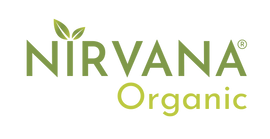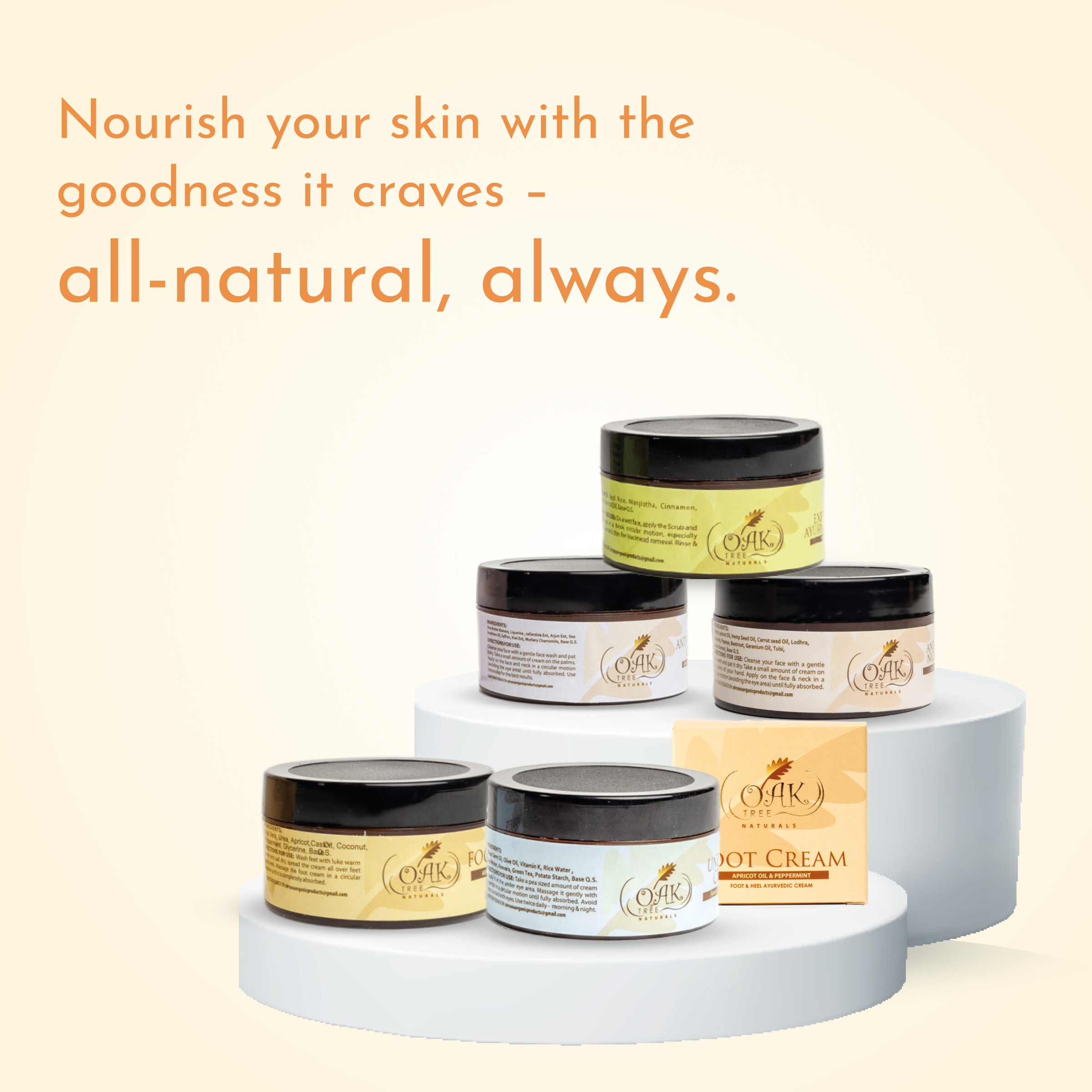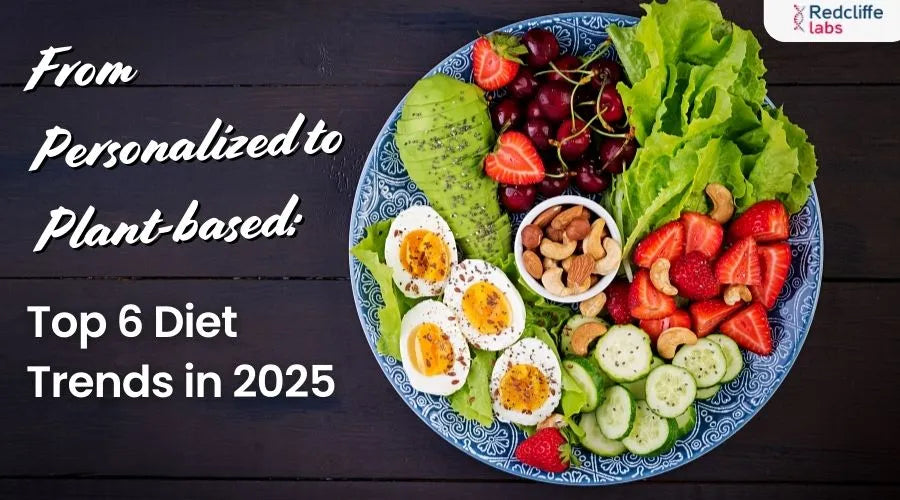Introduction
Clean labels have become a buzzword in the organic food industry, promising transparency, simplicity, and healthier choices. But what does “clean label” really mean, and how can you tell if a product truly lives up to the claim? As consumers become more health-conscious and eco-aware in 2025, understanding clean labels is essential for making informed and ethical food choices. This blog unpacks the reality behind clean labels, what to look for in organic products, and how to navigate the ever-evolving world of food labeling.
What Is a Clean Label?
A clean label is a food label that avoids listing ingredients perceived as undesirable by consumers, such as artificial additives, preservatives, colors, and flavors. Instead, it emphasizes natural, simple, and recognizable ingredients, often with claims like “natural,” “no artificial preservatives,” or “without coloring”. The goal is to give products a healthy and natural appearance, foster trust, and stimulate sales.
However, there is no universal legal definition for “clean label.” While some countries, like Belgium, have considered stricter definitions, most regions rely on general food additive regulations1. This means that the term can be interpreted differently by brands and consumers, sometimes leading to confusion or “greenwashing”.
Why Are Clean Labels Important?
-
Consumer Trust & Transparency: Clean labels foster trust by clearly communicating what’s inside a product and how it’s made. Shoppers want to know exactly what they’re eating, especially after past food scandals and negative research on artificial ingredients.
-
Health & Wellness: Products with clean labels are often perceived as healthier, with fewer artificial additives and more natural ingredients.
-
Sustainability & Ethics: Clean labels often go hand-in-hand with organic, plant-based, and environmentally friendly practices, appealing to eco-conscious consumers.
-
Allergen & Sensitivity Awareness: Clean label products are more likely to be free from common allergens, making them suitable for people with dietary restrictions.
What to Look for in Clean Label Organic Products
1. Short, Simple Ingredient Lists
Clean label products typically have a minimal number of ingredients, all of which are easy to recognize and pronounce. For example, a clean label organic bread might list “whole wheat flour, water, yeast, salt”—with no artificial preservatives or colors.
2. No Artificial Additives
Look for products that are free from:
-
Artificial colors and flavors
-
Synthetic preservatives (like BHA, BHT, or sodium benzoate)
-
Artificial sweeteners (such as aspartame)
-
Chemical-sounding ingredients or E-numbers
3. Transparency in Sourcing and Processing
Brands committed to clean labeling often provide information about where their ingredients come from and how their products are made. This includes details about organic certification, non-GMO status, and ethical sourcing.
4. Certifications and Claims
While “clean label” isn’t a regulated term, look for reputable certifications such as:
-
USDA Organic
-
Non-GMO Project Verified
-
Fair Trade
-
Allergen-free or vegan certifications
These certifications add credibility and help ensure the product meets certain standards for quality and transparency.
5. “Free From” and “Low In” Claims
Clean label products often highlight “free from” claims (e.g., “free from artificial preservatives,” “no added sugar”) or “low in” claims (e.g., “low in sodium”). These claims should be backed by a clear ingredient list and, ideally, third-party certification.
6. Visual Cues and Packaging Transparency
Packaging may use images of real ingredients or transparent windows to reinforce the natural, wholesome nature of the product. Clear, easy-to-read labels are a hallmark of clean label brands.
Common Pitfalls: What Clean Labels Don’t Always Mean
-
Not Always Additive-Free: Some products may use “natural” substitutes that still function as additives (e.g., fruit or vegetable extracts for color), which may not be any healthier.
-
No Legal Standard: The lack of a strict definition means brands can interpret “clean label” differently, sometimes using it as a marketing tool without substantial changes to product quality.
-
“Greenwashing” Risks: Some brands may highlight a few clean label attributes while ignoring others, or use vague terms like “natural” without real transparency or certification.
The Clean Label Movement: Trends and Drivers in 2025
Consumer Demand and Market Growth
-
The global clean label ingredients market is booming, with a focus on plant-based, allergen-free, and minimally processed foods.
-
Younger consumers, higher-income shoppers, and parents are the most likely to seek clean label and organic products.
-
Bakery products and beverages are leading categories for clean label innovation, with powders being the most popular form due to their versatility.
Transparency and Technology
-
Technology, including AI and blockchain, is enabling greater transparency in sourcing, ingredient tracking, and label accuracy.
-
Brands are using digital tools to share detailed sourcing and production information, building consumer trust.
Sustainability and Environmental Claims
-
Clean label is increasingly linked to sustainability, with more products featuring eco-friendly packaging, plant-based ingredients, and upcycled components.
-
Environmental certifications and claims (e.g., carbon neutrality, upcycling) are on the rise, especially in Europe and Asia.
Flavor and Convenience
-
Clean label products are no longer limited to plain or bland options; innovation in natural flavors and convenient formats (like ready-to-eat meals and snacks) is expanding choices for consumers.
How to Read and Compare Clean Labels: Practical Tips
-
Start with the Ingredient List:
Fewer, simpler ingredients are best. Avoid products with a long list of unfamiliar or chemical-sounding names. -
Check for Artificial Additives:
Look for “no artificial preservatives/colors/flavors” or similar claims, but verify by reading the actual ingredients. -
Look for Recognizable Certifications:
Trustworthy third-party certifications (organic, non-GMO, allergen-free) add credibility. -
Assess Transparency:
Does the brand share information about sourcing, processing, and sustainability? More transparency usually means higher trustworthiness. -
Watch Out for Vague Terms:
Words like “natural” or “wholesome” are not regulated. Look for specifics and supporting information. -
Consider Your Own Needs:
If you have allergies or dietary restrictions, check for “free from” claims and allergen information.Conclusion
Clean labels are more than just a trend—they’re a response to growing consumer demand for transparency, health, and sustainability in food. While the term “clean label” can be vague, the best organic products are those with short, simple ingredient lists, no artificial additives, clear certifications, and transparent sourcing. As the market evolves, brands that embrace genuine clean label practices will win consumer trust and loyalty. When shopping for organic products in 2025, use these tips to read between the lines and make choices that align with your health, values, and the planet’s well-being.
Empower yourself as a conscious consumer—always read the label, ask questions, and choose products that nourish both you and the world around you.




